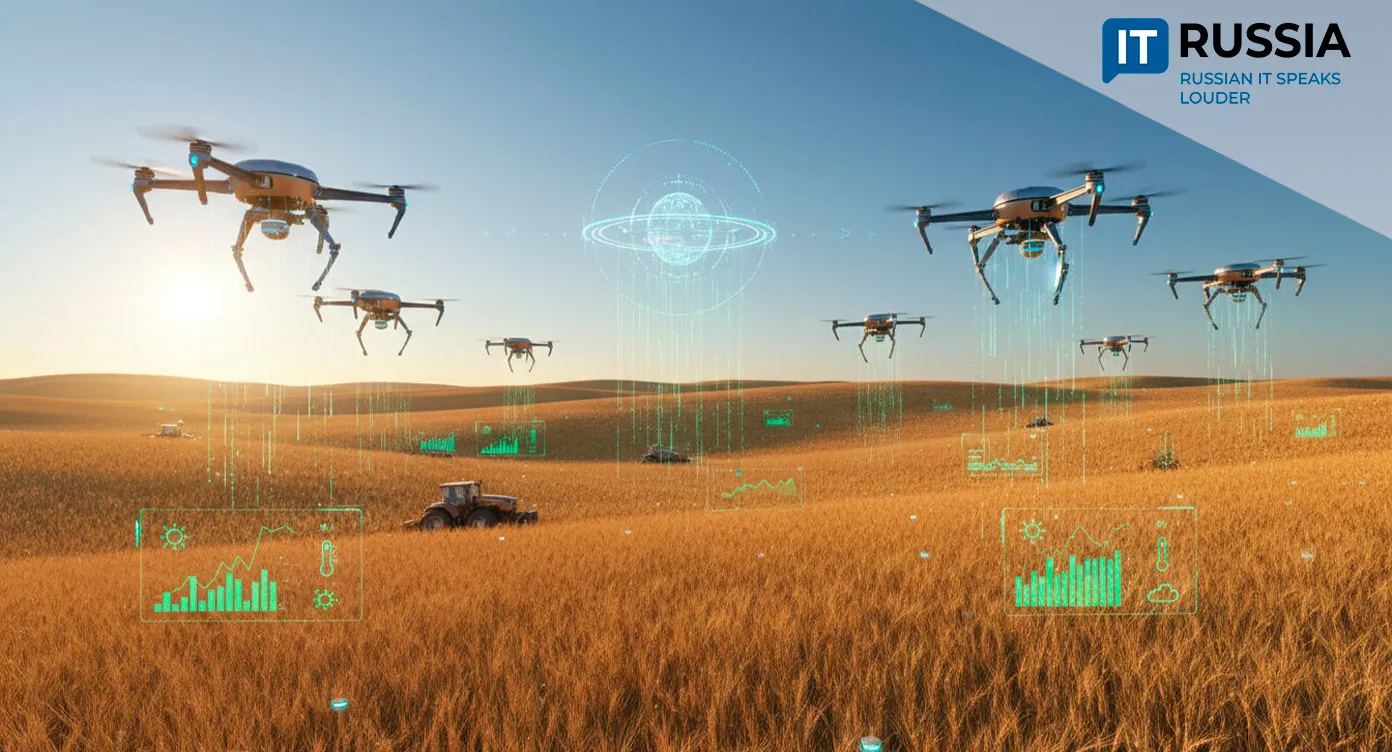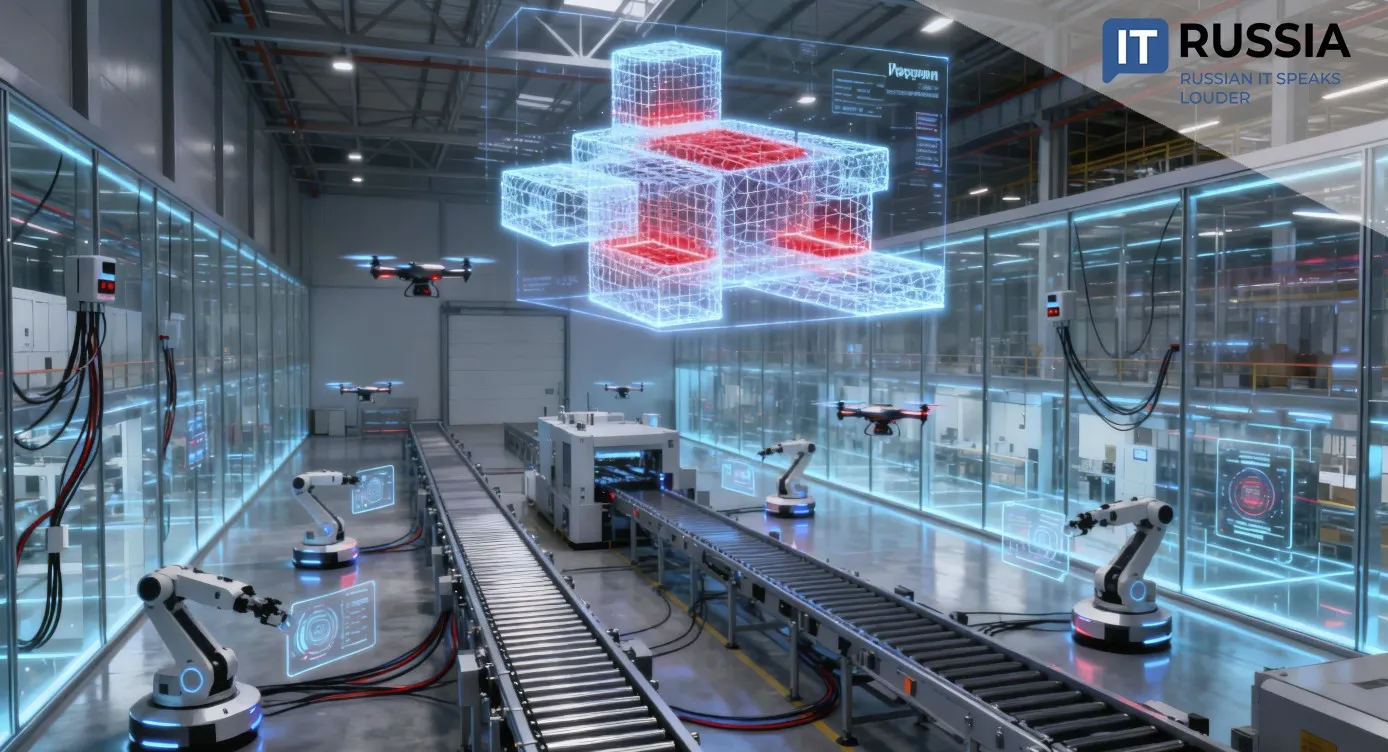Picker Robots Tackle Labor Shortages
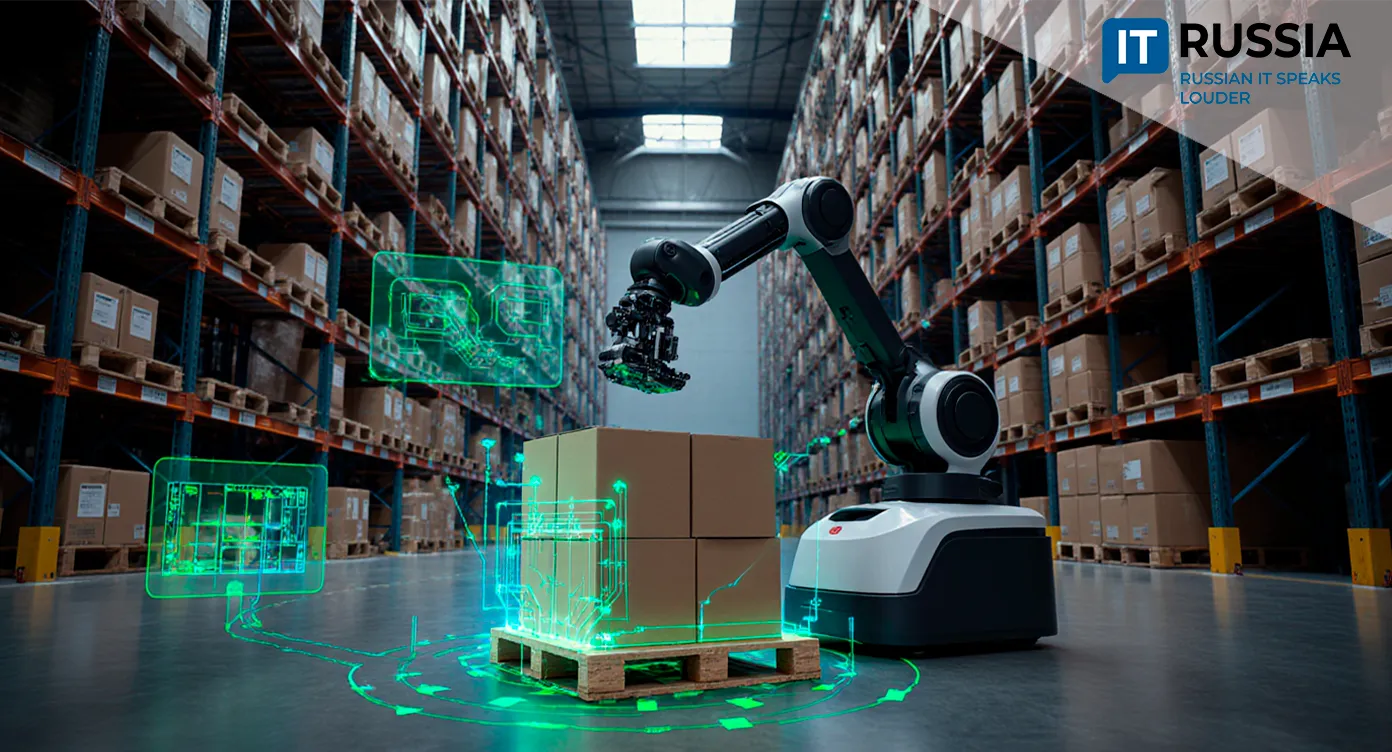
Yandex Robotics has unveiled a prototype of the first domestically produced mobile picker robot with computer vision.
A Technological Breakthrough
Yandex’s picker robot is built on the base of its mobile inventory robot, enhanced with a six-axis manipulator and a vacuum gripper. Its key feature is a computer vision system with cameras that recognize objects, assess their depth and position, and ensure precision in warehouse operations. The robot moves at a human pace, managed by the Yandex RMS platform, autonomously calculating optimal routes and stacking boxes on pallets using AI, following a 'Tetris' principle.
The machine, priced five to eight times lower than foreign analogues, can process up to 10 metric tons of cargo during a 12-hour shift. This is an ambitious step in warehouse automation under the pressure of sanctions. Pilot projects are planned for Russian warehouses by the end of 2026, with mass production expected to begin in 2027.
For the Russian market, the arrival of a domestic solution is critically important. With a three-year payback period and the ability to replace two to seven workers per robot, the technology is highly attractive to major logistics operators facing labor shortages.
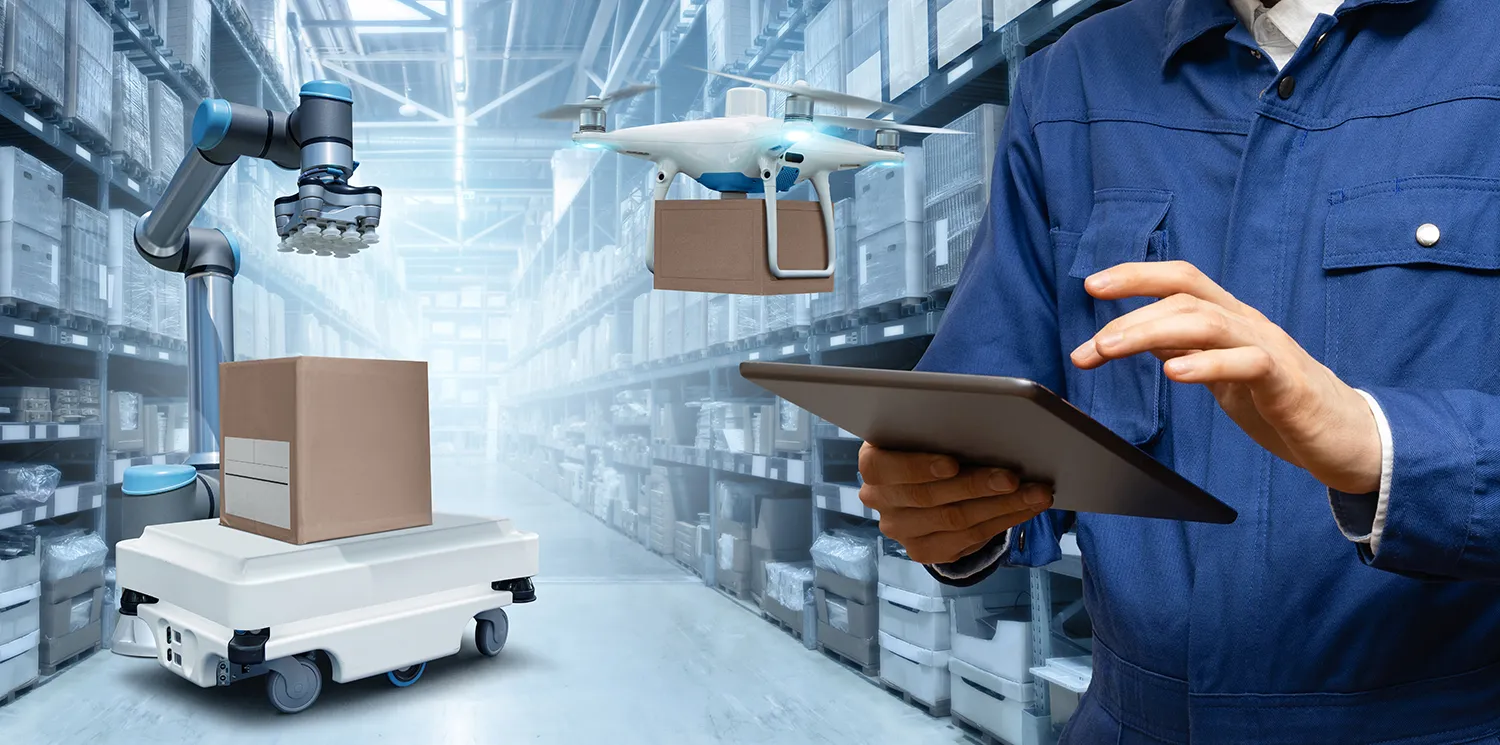
Export Prospects and Domestic Potential
Successful commercialization of the technology could open opportunities in the CIS and developing markets. With systemic government support, Russian robotics could significantly strengthen its international position.
However, the main growth potential lies in the domestic market. Experts estimate annual demand from Russian companies at 800 to 1,500 warehouse robots, and this figure is considered conservative.
Wildberries has already automated 30% of warehouse processes, aiming for 70%. In 2024, the company invested 150 billion rubles (about $1.7 billion) in automation, with plans to double that to 300 billion rubles (about $3.4 billion) in 2025. Automation has allowed the marketplace to cut new staffing needs in half—from 5,000 to 2,500 workers per new warehouse.
Integration with the Yandex ecosystem creates additional synergies. The Yandex RMS platform can link picker robots with Yandex Market’s management systems, delivery services, and other company solutions, providing a comprehensive logistics digitalization package.
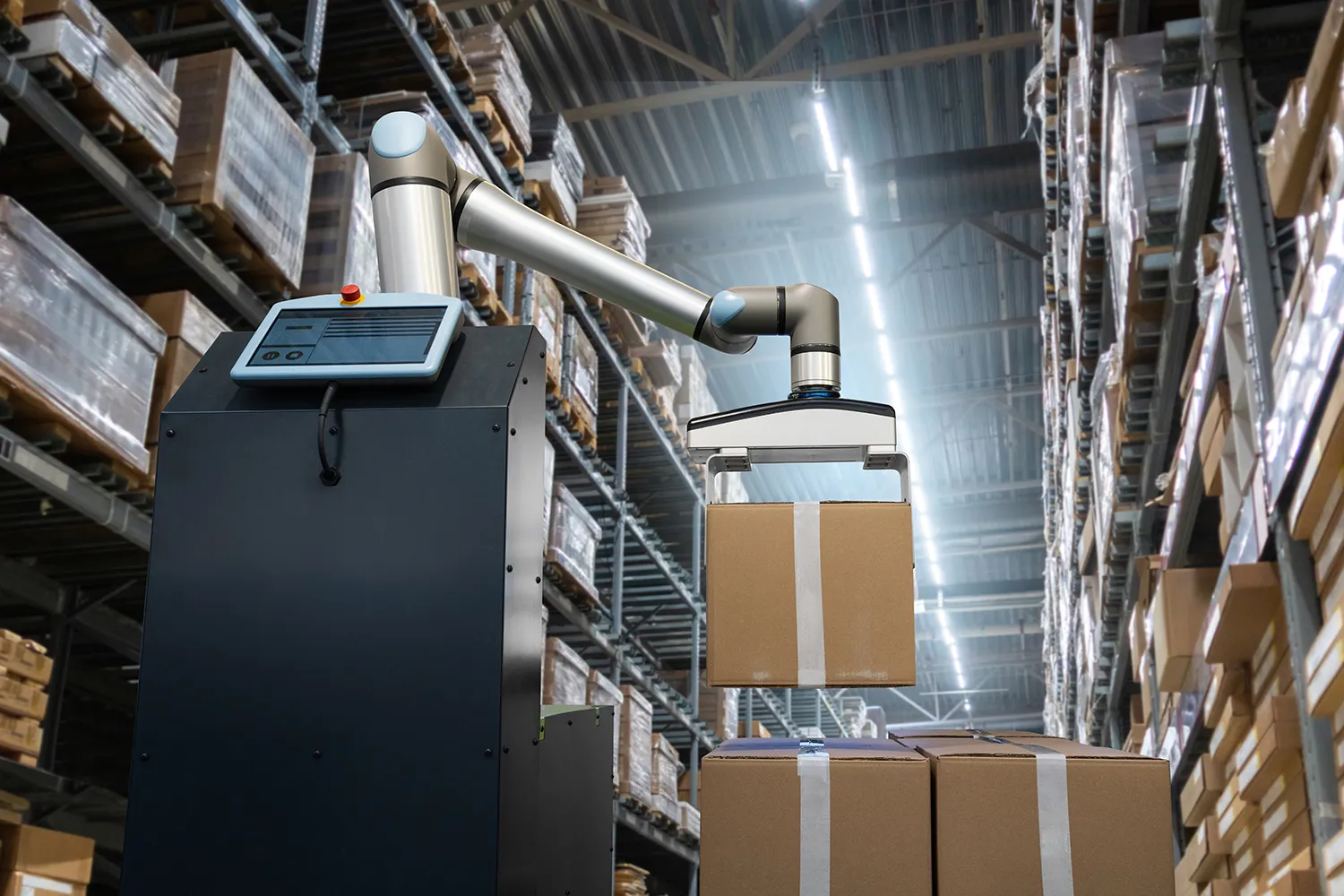
The History of Russian Warehouse Automation
Warehouse robotics in Russia began relatively recently, but growth has been rapid. In 2021, Ozon launched a robotics laboratory to develop conveyor management systems and software for processing 3.7 million items daily. In 2023, Yandex Market opened a warehouse robotics testing center, where the Spectro inventory robot and Motus transporter are already in use—Spectro can complete a warehouse inventory in 1.5 hours, a task that would take a five-person team four weeks.
In 2024, X5 Group launched a warehouse robotics lab in Podolsk, testing autonomous mobile robots and autonomous forklifts. Magnit announced plans to test logistics robots at its warehouses, while VkusVill already uses robots to move goods in distribution centers.
By mid-2025, the total warehouse area of major retail chains exceeded 9.5 million square meters, with plans to expand to 14.8 million by 2027.
The global warehouse robotics market is also expanding rapidly. Valued at $14.7 billion in 2024, it is forecast to reach $117.3 billion by 2034, with a compound annual growth rate of 23.1%.
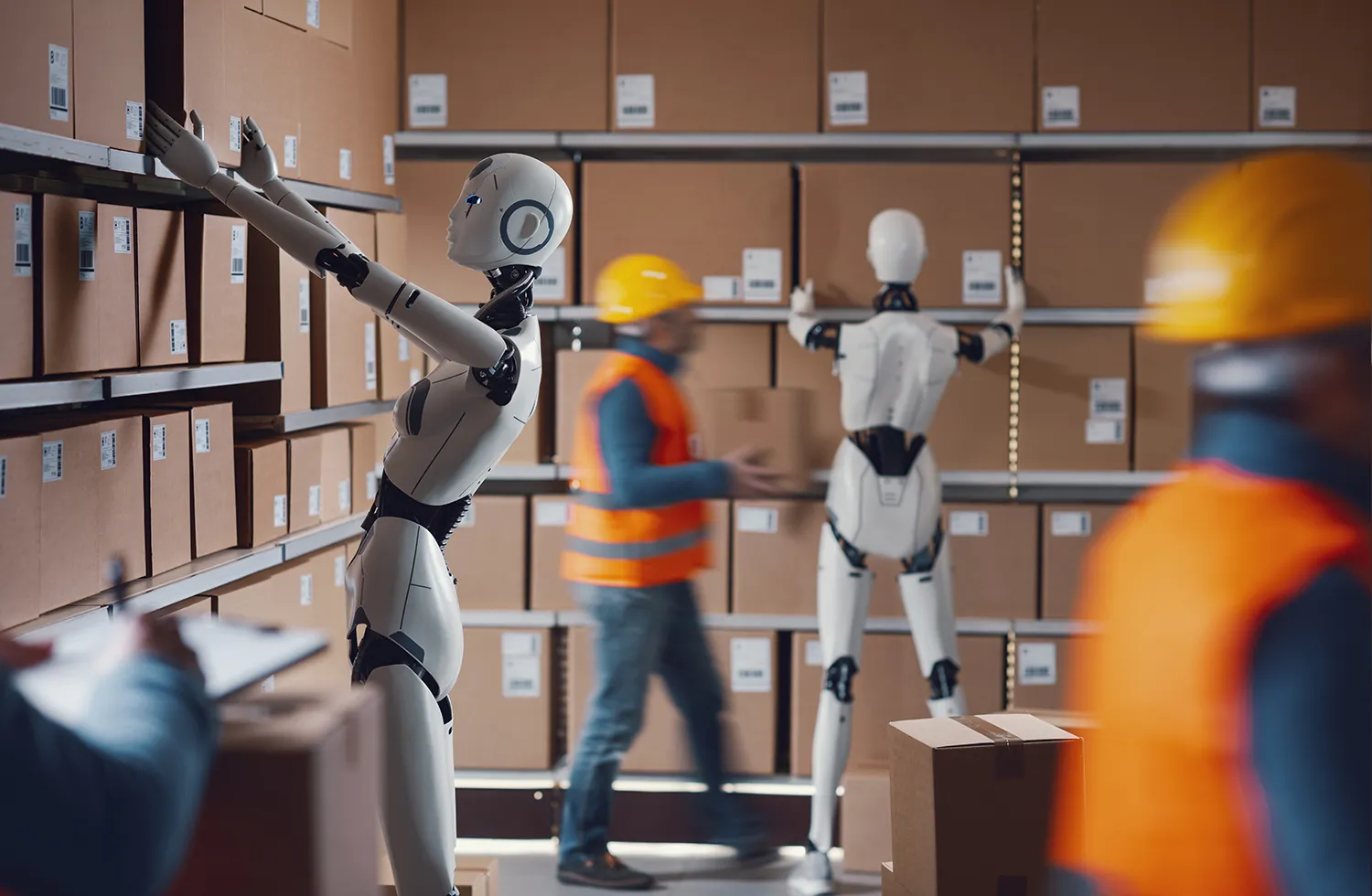
Forecasts and Strategic Implications
The introduction of the Russian picker robot marks a new stage in the technological development of the domestic logistics industry. With the Ministry of Industry and Trade planning to raise robot density to 145 robots per 10,000 employees by 2030—investing 136 billion rubles (about $1.5 billion) in robotics centers—Yandex’s project represents a milestone in import substitution.
Government support is already delivering results: in 2025, 7 billion rubles (about $80 million) were allocated for enterprise robotization. The national project 'Production and Automation Equipment' envisions the creation of an entire ecosystem of robotics solutions. The Automation and Robotics of Warehouse Logistics Award, established by the Ministry of Industry and Trade and Innopolis University, aims to stimulate industry development and highlight market leaders.
Successful commercialization of Yandex’s picker robot could catalyze the creation of a full-fledged domestic warehouse automation ecosystem. Integration of AI, development of unmanned technologies, and unified digital logistics management platforms could turn the challenges of sanctions into drivers of technological sovereignty and export expansion to friendly markets.







